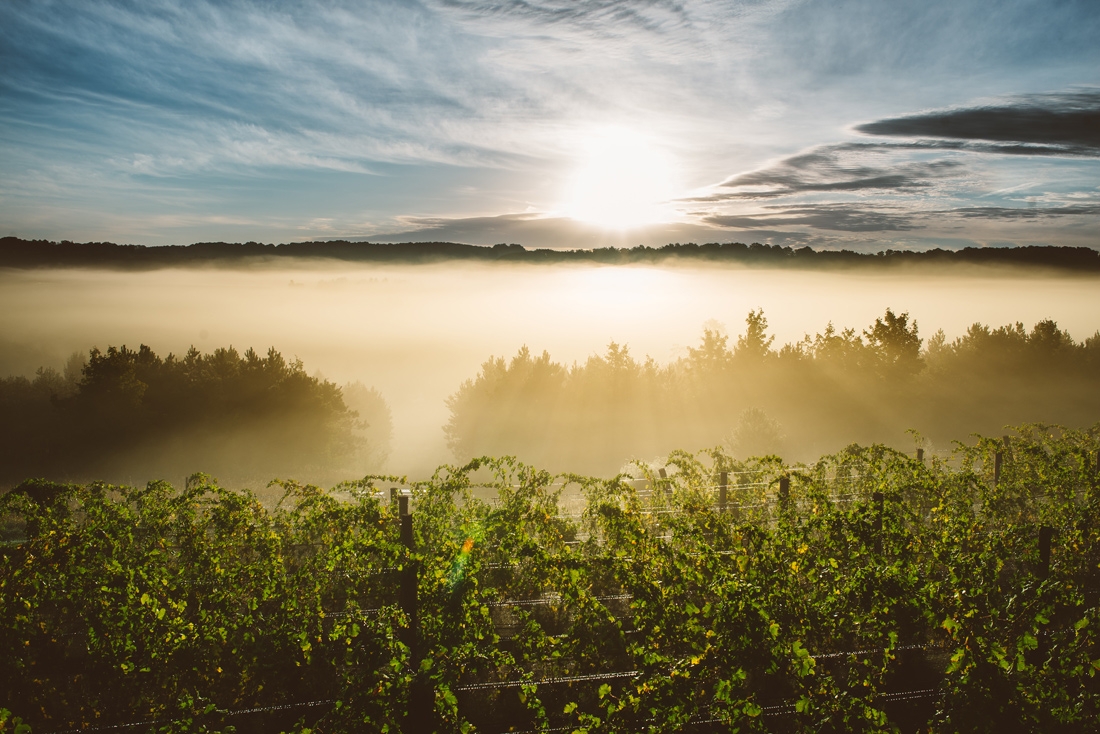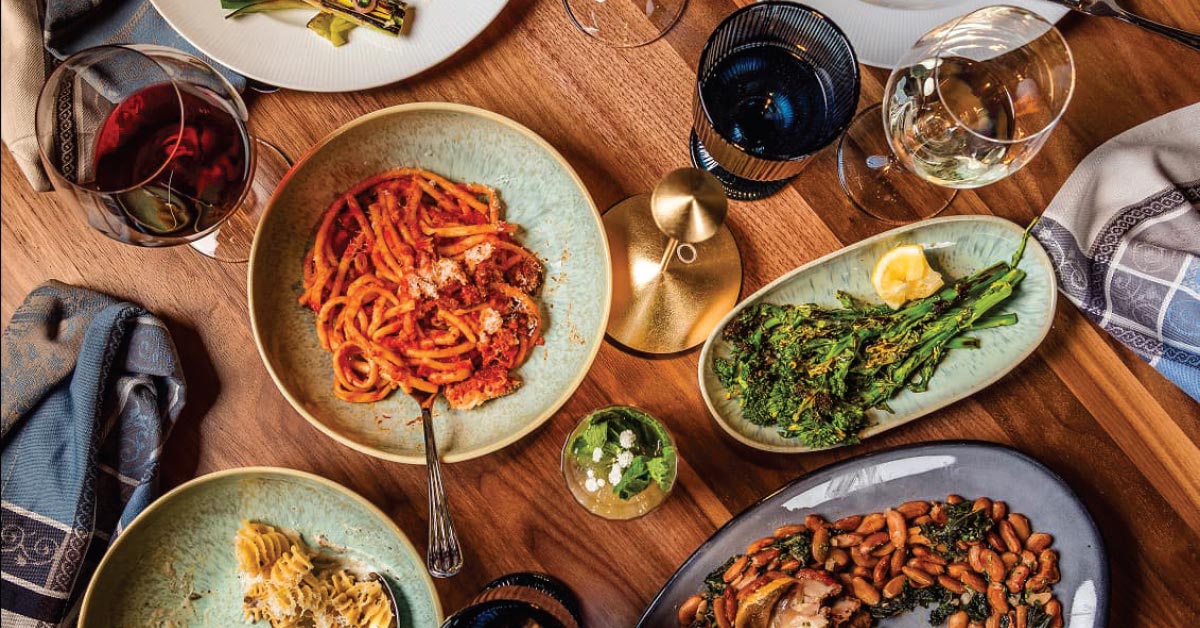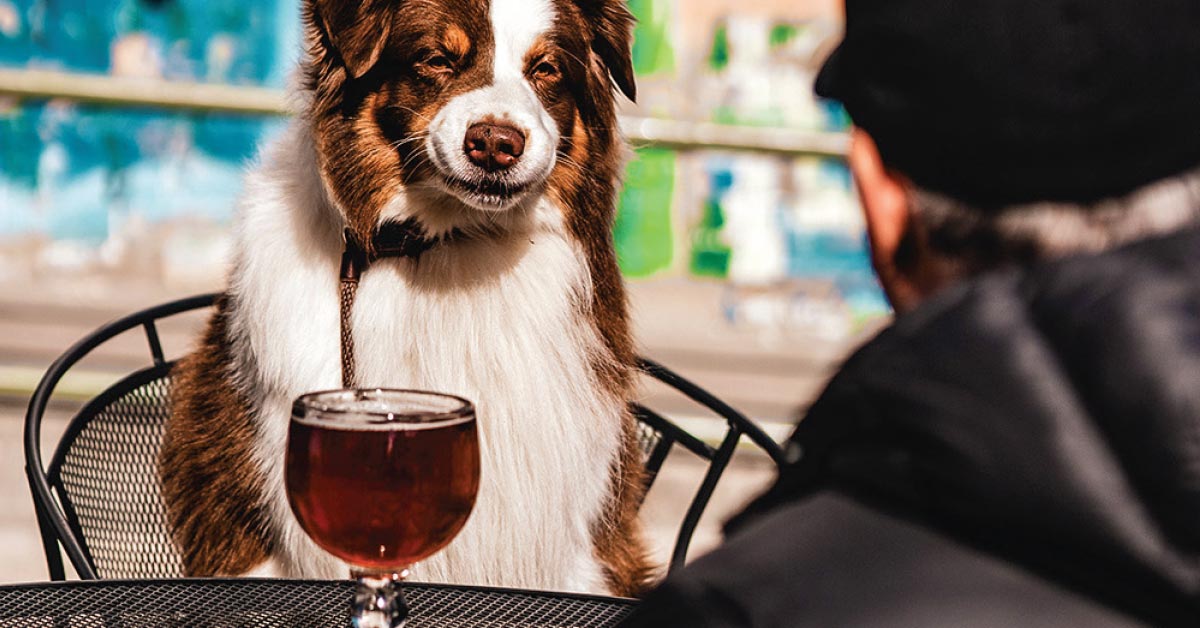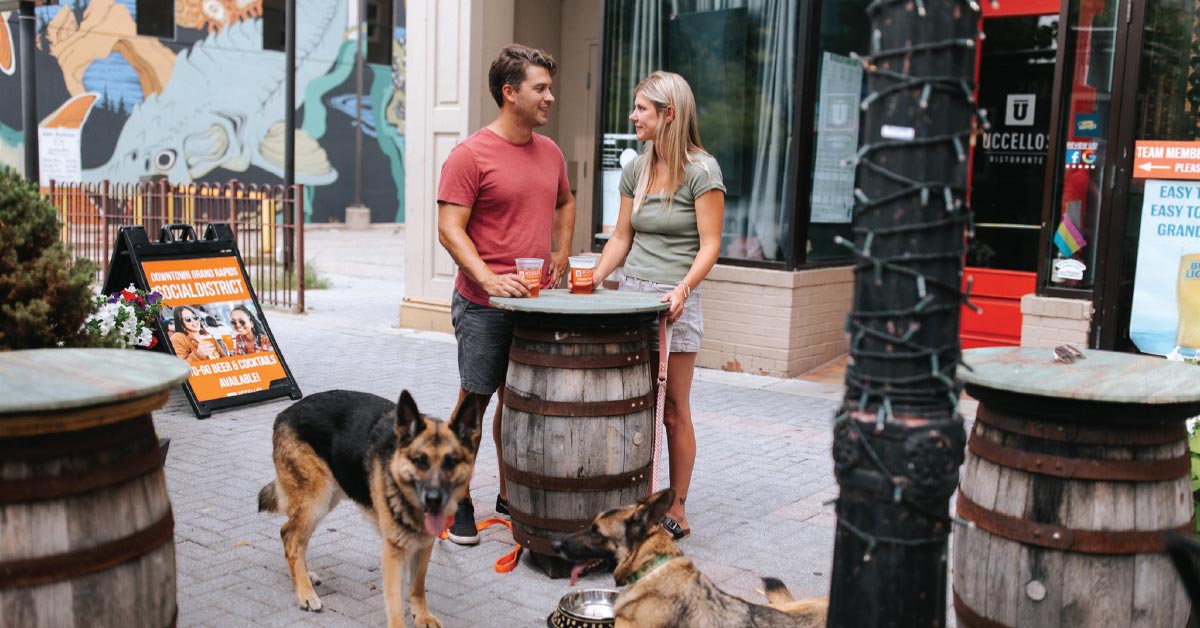As is often said, all 50 states make wine these days — but that doesn’t necessarily mean they should. I mean, sorry, but can you imagine a Nebraskan Pinot Gris?
Fortunately, Michigan has long been blessed with a climate conducive to winemaking. As far back as the late 17th century, French settlers began to cultivate wild grapes they discovered in abundance near the Detroit River. In a letter to the governor of New France, Antoine de la Mothe Cadillac notes of a wine that, “considering its newness, was not at all bad.” How classically French: complimentary, but with a faint whiff of condescension.
Since then, serious winemaking in Michigan has traveled west and northward, seizing upon the proximity to Lake Michigan and the northern peninsulas for their temperature-regulating qualities. Today, there are dozens of wineries in Michigan and each year almost a million consumers from in and out of state travel to discover a young, but emerging wine region in the country.
The Old Mission and Leelanau peninsulas alone host enough vineyards and wine loops to get any wino in trouble if they don’t regulate their own temperature properly (if you catch our drift).
So we decided to find out what makes Michigan wine great with the help of the folks at 45 North Vineyard and Winery, a spot known for consistent quality, beautiful facilities and happy dogs.
Relatively new to the peninsula, the winery began in 2006 when owners Steve and Lori Grossnickle purchased a centennial farm directly on the 45th parallel. Not long after, the two began a relationship with the Leelanau Conservancy and donated a conservation easement that protects the land forever, restricting development and assuring that it will always remain farmland.
Committed to sustainable farming practices, 45 North farms 35 acres of varietals ranging from the Rieslings that Northern Michigan is best known for to the Cabernet Francs that occasionally surprise us. To date, the winery has produced 109 different wines, garnering 72 awards at competitions from Sonoma County, Calif. to the Finger Lakes in New York.
I asked 45 North’s winemaker, Jay Briggs, what it is about Michigan’s climate that affords him the ability to surprise outsiders with quality wine year after year.
“It’s the water, the Great Lakes, the Peninsula,” he said. “They all contribute to regulating the air temperature year-round, so it insulates in the winter and keeps the land cooler in the summer.”
Temperature extremes from sunrise to sunset are also less frequent and as such, less likely to threaten the grapes. Coupled with Michigan’s cooler climate, the sandy soil of the northwest peninsulas retains heat and drains well, which not only resists pests better than other soils but also helps make the most out of the region’s 165-day growing season.
What that all means for the final product is red varietals tend to be softer, while the best whites trend pale in color, with a crisp finish and a highly aromatic nose, according to Briggs.
His personal favorite creation, a 2013 Pinot Gris — which won a 2015 San Francisco Chronicle Wine Competition Best of Class medal in addition to a 2014 Riverside International Wine Competition Chairman’s Award — was the product of an unseasonably long and hot 2012 Michigan summer. In other words: perfect.
Each wine 45 North cultivates begins with estate grapes and regional grapes as close to the peninsula as possible. Briggs said grape pressing and fermentation are accomplished onsite in small batches, only 500 to 1,000 gallons at a time, which means the wines take on additional nuance, especially from year to year.
Briggs said the last several years have each seen a 20-percent increase in traffic, partly due to more wineries appearing, as well as the multiple area wine loops which make wine tourism easier to plan.
But even amid the constant growth and competing tourism in Northern Michigan, 45 North continues to distinguish itself, adding a mountain bike trail onsite and carving out space for more apple trees, a move that will afford more estate-grown ciders in the coming years.
What Cadillac, the Frenchman, would have thought of a 45 North Pinot Gris, we’ll never know. But if a garcon ever turns his nose up at the notion of Michigan wine, tell him to trace his finger east from the mitten across the 45th parallel north. Watch his Gallic lips purse as he strikes Bordeaux, Provence, the Rhône…





